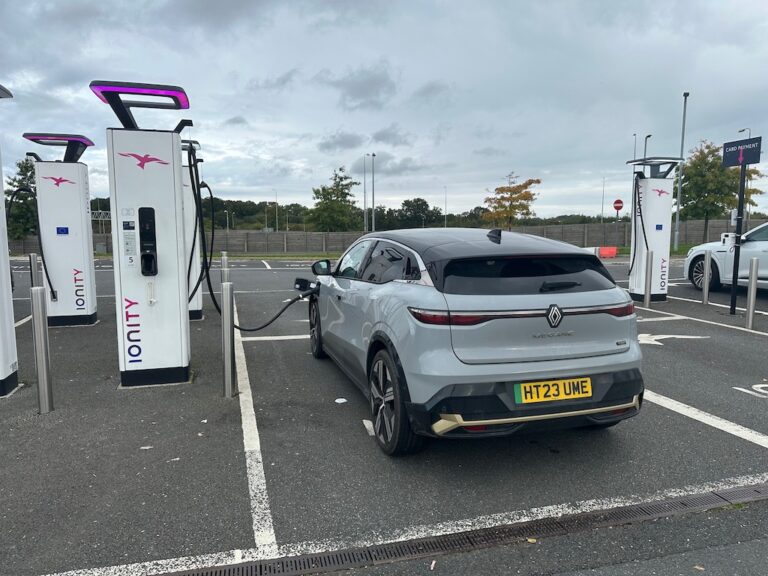To borrow the words of the Rolling Stones, you can’t always get what you want – especially when it comes to publicly charging your EV.
If you’re an EV driver that charges up at ultra-rapid public chargers even remotely regularly, then you’ll know that they rarely deliver their maximum charging speed – something neatly covered in the usual ‘up to’ charging speed claims.
The reasons for this can be numerous and while some are out of your control, others aren’t, so what can affect your charging speed and can you do anything about it?
Your car is restricting your charging speed
Every EV has a maximum charging speed at which it can charge. Not so long ago this wasn’t really too much of an issue as 50kW rapid public chargers were largely the fastest available. But now chargers of 150kW aren’t uncommon and the latest charging hubs boast 350kW DC chargers.
You can still plug your car into these faster charging locations but your car can only ever be able to charge at its maximum. On our past Renault Megane long termer this maximum was 130kW, but the Kia EV6 can take up to 235kW.
Your battery is restricting your charging speed
Whether or not your car can reach that maximum charging rate though, depends on the ambient temperature and also your battery itself.
Any battery will usually only ever be capable of anything close to its maximum charging speeds between 20-80%. As we have discussed in a previous post, the charging rate above 80% drops dramatically to preserve long term battery life, so don’t think you can sustain that maximum for long.
As well as the outside temperature which can have an effect, the temperature of your battery can be a factor too. Some EVs have battery pre-conditioning built-in to their sat nav systems, so if you set a charging location for your destination, then it will start readying the battery for that charge to maximise charging efficiency when you get there. On colder days, it’s definitely worth doing.
Try and charge alone
This is a neat trick that you might not know about. Just as charging hubs have an overall limit on how much power they can draw from the power locally, so each individual charger has its own limit as well.
That means on chargers that have two sockets (ie those that can charge two cars at a time), their maximum output will be split between both sockets if they’re in use at the same time. So if one side of a charger is in use, try and find another charger that isn’t in use at all, rather than plugging in right next to someone else. Otherwise it means that at a 150kW charger, you might only ever see 75kW as a maximum until your neighbour unplugs – and you’ll also slow their charging speed too.
Hub or stand alone?
If you have an option, always try and charge up at a hub that has numerous chargers rather than a stand-alone site – even if it’s an ultra-rapid charger.
This is for a couple of reasons, a hub will often be planned-for and linked to the grid, therefore the speed of its chargers has been accounted for on the local electricity network. Put simply, while it’s no guarantee, that means it’s more likely the chargers will be able to deliver their claimed maximum.
Single stand-alone ultra-rapid chargers might not be linked to the grid in the same way, so they’re much more susceptible to other draws elsewhere on the electricity grid at any particular time. This is particularly the case if they have their own battery storage as well. This storage means some chargers store their own charge locally to give an initial boost at the higher level before the rate drops down.
That’s great if you go to that stand alone site at the start of the day, when that storage is likely to be full, but not at the end of the day or if the site has been busy, when that storage has not yet been replenished. In that instance, the maximum charge you could only ever expect is whatever that charger can draw direct from the grid without the top up of that storage, so you won’t see the claimed maximum.
It means that it’s not inconceivable that you could go to the same charger at different times of the day and get a different charging speed as a result due to that local storage being low or high.

